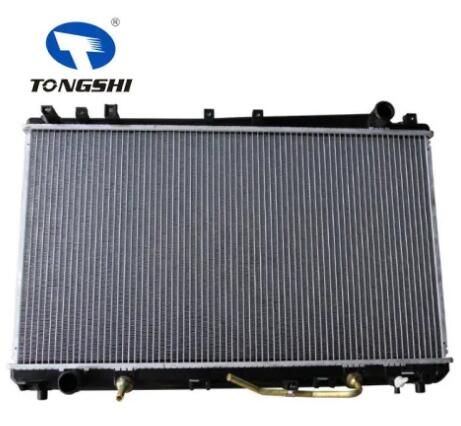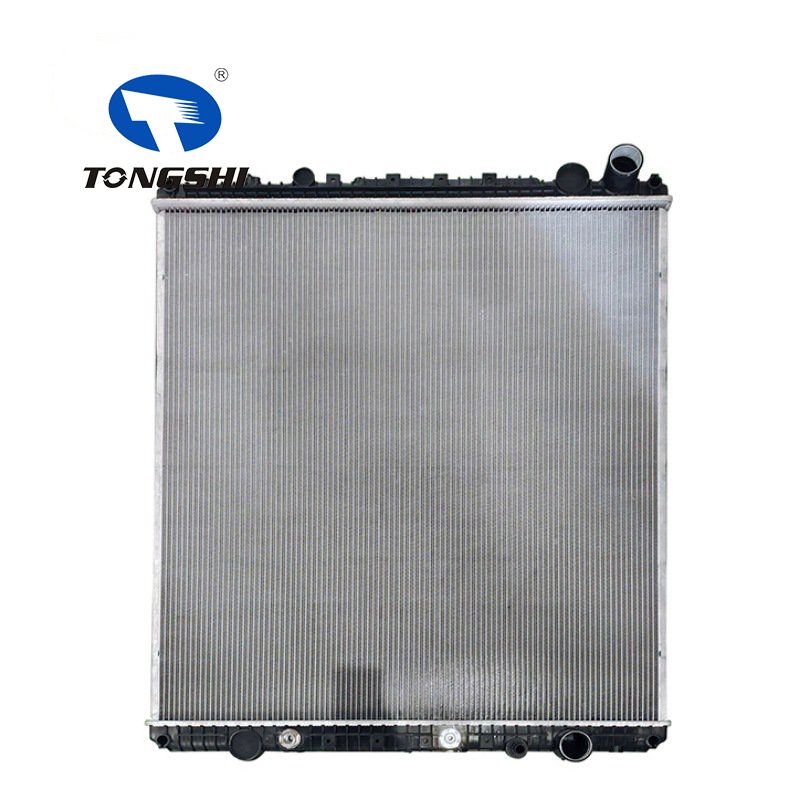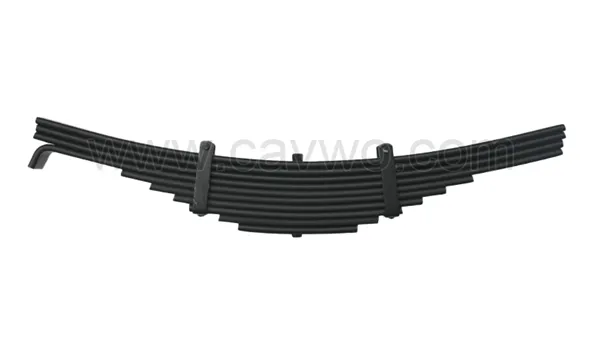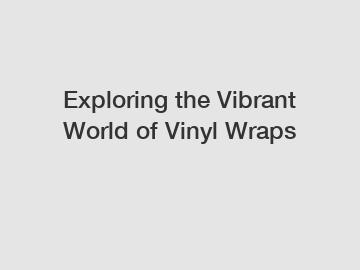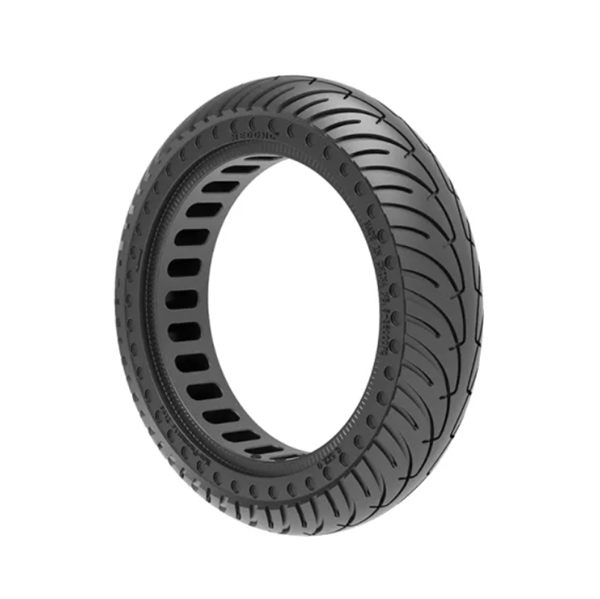6 Things You Need to Know About Oil Seals
When debris gets stuck in the engine fork seals, it keeps them open and lets the oil slip away, and your vehicle's performance suffers. And an oil seal (also called a shaft seal or dirt seal) is a device used to prevent dirt, dust, water, or any other foreign material from contaminating the shafts and bearings in rotating shaft equipment. It stops the leakage of lubricant (e.g. oil) along the rotating shaft.
In this article, we will introduce the basic knowledge you need to know when using oil seals.
oil seal
1. Oil seal structure
An oil seal consists of three basic components: a sealing element, a metal housing, and a spring.
Sealing element
The sealing element forms the inside of the oil seal. Its purpose is to stop the leakage of fluid from between the shaft and the housing. The materials usually used are fluorinated rubber, silicone resin, NBR, and acrylic resin.
Metal Housing
The metal housing serves as the frame of the oil seal. Its primary function is to provide stiffness and strength to the seal. The choice of material depends on the environment in which the seal will be used.
Spring
A snap spring is a steel ring located at the end of the main sealing lip. It is used to apply pressure to the seal lip on the shaft. Typically, it is made of carbon steel or stainless steel.
2. Types of oil seals
Metal Housing
Metal housing oil seals are usually installed in a housing bore made of the same material. This allows the material to expand and contract moderately during operation, preventing leakage.
Rubber Housing
Rubber housing oil seals do not rust and are used in situations where the metal housing seal may fail. Because rubber provides a more consistent seal at high temperatures, it can seal slightly damaged housings better than metal-covered seals.
3. Protects shafts from damage
Additional reading:
Understanding the Role of Brake Discs in Vehicle Performance
Ceramic Brake Pad: Enhancing Performance and Safety
How Do I Know if My Timing Belt Tensioner Is Bad?
How to Choose the Right Brake Pads for Commercial Vehicles?
Some Ways for Manufacturers to Reduce the Leakage of Rubber Seals
Brake pads vs. brake shoes
What parts of the car need most maintenance?
If there are any scratches on the shaft, a leak path can form, causing contaminants to seep into the oil seal, which can allow lubricant to drip off. Potential cracking can be avoided by wrapping the shaft in a mesh rubber screen and storing it vertically in its compartment.
oil seal
4. Causes of oil seal failure
In high-pressure applications, even the smallest deposits can form gaps in the seal, causing dust and debris to enter. And the entry of dust and debris is one of the most common causes of oil seal failure. An effective way to ensure that particles do not contaminate oil seals is to store them in containers or sealed bags, away from areas where dust and debris are prevalent.
5. Proper Installation
Oil seals play an important role in preventing lubricant leakage by closing the space between rotating shaft equipment components. They also prevent dirt, dust, and other contaminants from clogging the equipment. Properly installed oil seals help ensure that the sealing process is effective and can allow engines, pumps, and piping to operate more efficiently. One way to identify improperly installed seals is to check for uneven shear of the rubber after use.
6. Seal grease containers when not in use
Covering grease containers with sealable lids when not in use reduces the risk of dirt contaminating the grease, and therefore the oil seal. For installation tools, make sure they do not have any jagged edges that could damage the seals during installation.
Are you looking for the right oil seal for your vehicle? If so, then you've come to the right place. You can always browse our online inventory to see some quality oil seals for sale.
If you have any questions, please feel free to contact us for advice.
Related Products:
Additional reading:Should I replace one coil spring or both?
Exploring the Latest Auto Spare Parts Trends
The Ultimate Guide to Finding Quality Auto Spare Parts
What is iridescent car wrap?
Power Steering Oil Seal vs. Power Steering Pump: What's the Difference?
Benefits of Car Mats: Keeping Your Vehicle Clean and Well-Maintained
Kubota Oil Seal Replacement Cost: Budgeting for Maintenance





